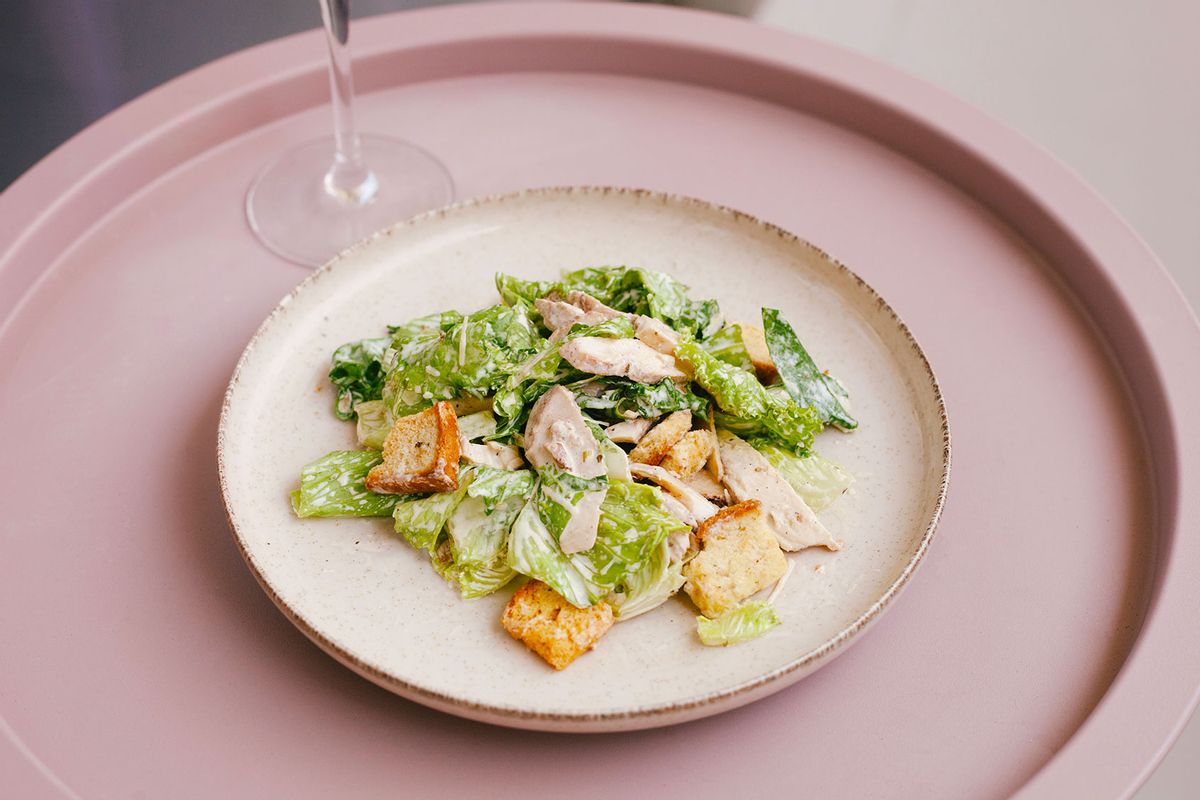Insights into the history of Caesar Salad – the world-famous salad that just turned 100 years old

The 4th of July may be best known as the national holiday celebrating the founding of the United States, but it is also a big day for the “King of Salads”: the Caesar Salad. This year, the iconic potpourri of romaine lettuce, croutons and Parmesan cheese celebrated its 100th birthday.
The salad is said to have been created by Cesare Cardini, an Italian immigrant who operated several restaurants in Mexico and the United States. At Cardini’s restaurant Caesar’s Place in Tijuana, Mexico, the very first Caesar salad was served to local diners on July 4, 1924. With the kitchen short on ingredients due to the July 4 rush, the first version of the salad was made entirely from leftovers. Cardini combined whole romaine leaves, garlic oil, Worcestershire sauce, lemons, eggs and Parmesan cheese to create a tasty meal. The salad quickly became a huge hit, especially among Californians who came across the border to eat – and drink – at Cardini’s restaurant during Prohibition.
History largely credits Cardini with the invention of the Caesar salad, but other accounts claim otherwise. Some say Cardini’s brother, Alex Cardini, prepared the salad to serve to airmen at a San Diego base for breakfast after a night of drinking. Alex, who was a pilot in World War I, aptly named his creation “Aviator Salad.” His salad also included anchovies and was later renamed Caesar Salad as it gained popularity. Other accounts say the salad was actually created by the mother of Livio Santini, one of Cardini’s chefs.
Cardini’s Caesar salad was often prepared tableside in the 1960s and 1970s. The salad was intended as a finger food, with guests picking up individual hearts of romaine lettuce and chewing. However, many guests didn’t like getting their hands dirty, so Cardini eventually swapped the lettuce hearts for torn pieces of lettuce. On their joint cooking show “Julia and Jacques Cooking at Home,” Julia Child and Jacques Pepin said it was a shame that the salad was now eaten with a fork and knife: “It’s a shame, because the salad has lost much of its individuality and drama. You can of course serve it at home in the original way – just provide your guests with lots of large paper napkins. And be extravagant.”
Cardini was keen to stay true to his original recipe. In a 1987 interview with the Honolulu Star-Bulletin, his daughter Rosa Cardini explained that her father used only the inner leaves of the romaine lettuce and made sure they were crisp, dry and cold. He also used an overcooked egg, which made for an extra creamy dressing. In addition, Cardini swore by using the “best and freshest ingredients,” including lemons, olive oil and freshly grated Parmesan cheese.
Want to learn more about great cookbooks and recipes? Subscribe to Salon Food’s newsletter, The Bite.
Almost 30 years after its introduction, the Caesar salad became a widely recognized dish. In 1953, the salad was recognized by the International Society of Epicures in Paris as “the greatest recipe to come out of America in the last 50 years.”
Today, Caesar salad is on the menu of about 35 percent of U.S. restaurants, and nearly 43 million bottles of Caesar salad dressing — worth $150 million — were sold nationwide last year, according to AP.
The Caesar salad was recently celebrated with a four-day food and wine festival in Tijuana. The festivities included live music and chefs from around the world, including Jose Andrés, as well as the grand unveiling of a Cardini statue.
Read more
on the topic of Caesar Salad:



